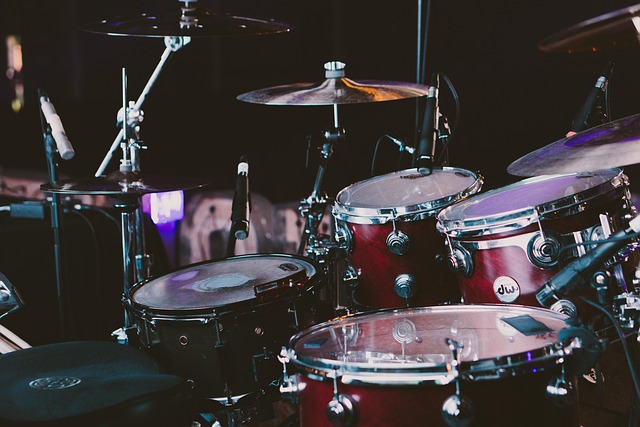Every photograph tells a story, and within that storytelling lies a subtle yet powerful element known as rhythm. In the world of photography, rhythm transcends the mere arrangement of objects; it is about the flow and energy that draw the viewer into the frame. To capture this rhythm effectively, photographers need to explore various techniques involving composition, lighting, and framing.
When you think about rhythm in photography, consider how different elements can lead the eye across the image. Imagine a winding path, a series of repeating shapes, or even the play of light and shadow. These can act as visual beats that engage the viewer much like music would. The use of lines—whether they are actual or implied—can guide the viewer’s gaze and create a sense of movement within the photograph. For instance, a leading line, such as a road or a fence, can draw the eye through the image, establishing a rhythm that resonates with the viewer.
Using your camera creatively to explore this rhythm can open up new avenues in your photography. Experiment with different angles and perspectives to see how they affect the rhythm of your compositions. For example, shooting from a low angle can exaggerate leading lines and give a sense of grandeur to your subject, while an overhead shot can offer a unique rhythm that transforms mundane patterns into visually stunning art.
When it comes to optics, the choice of lens can drastically influence the rhythm of your image. A wide-angle lens can enhance the sense of depth and perspective, while a telephoto lens can compress the scene, creating a different pattern of rhythm. Each lens has its distinct character and can help you manipulate the rhythm to convey different emotions. Don’t shy away from experimenting with depth of field; a shallow depth can isolate a subject, establishing a quiet rhythm, while a deep depth merges elements, creating a harmonious blend of patterns.
Lighting is yet another essential factor in crafting rhythm. The golden hour offers soft, diffused light that emphasizes the subtleties in color and tone. This soft light can create gentle gradients within your composition, establishing a calming rhythm. Conversely, harsh shadows at noon can create contrasting elements that punch up the visual tempo, adding drama and energy. Whether you are capturing fleeting moments during a vibrant sunset or structuring your images around the flat light of an overcast day, the rhythm derived from light interacts beautifully with the other components of your shot.
In your editing process, consider how rhythm plays a role here as well. The way you crop an image can change its overall rhythm, altering how elements are balanced and presented. Use editing software to refine lines, enhance colors, and manipulate shadows, guiding the viewer’s eye along the visual path you wish to emphasize. Each adjustment can make your photograph resonate more profoundly, heightening the rhythm and drawing your audience deeper into the experience you created.
Ultimately, the essence of capturing rhythm in photography lies in being observant and intentional. As you explore your environment with your camera, take a moment to pause and feel the rhythms around you. Whether it’s the symmetrical pattern of a leaf, the repetitive architecture of a city street, or the dynamic burst of colors in a sunset, embrace these elements and let them guide your compositions. Tune in to the melodies of light, shapes, and spaces; this is where the art of photography truly flourishes.



